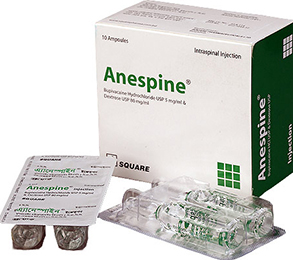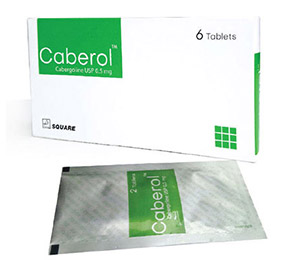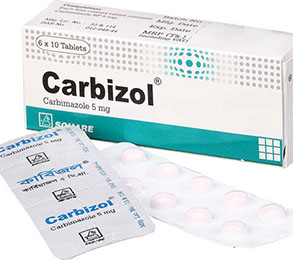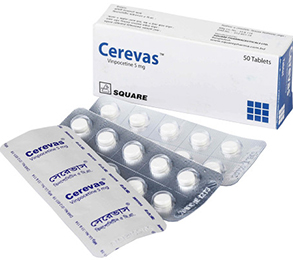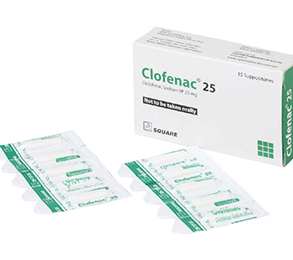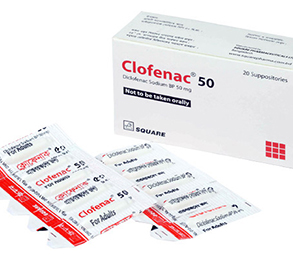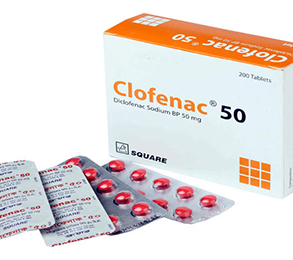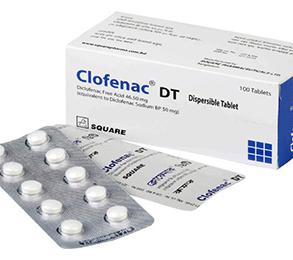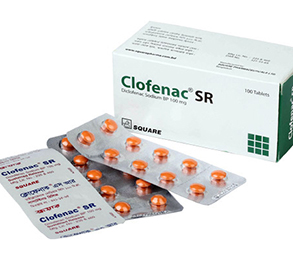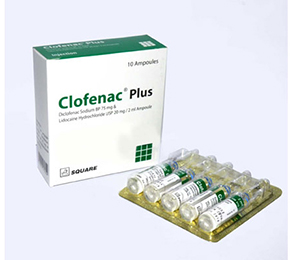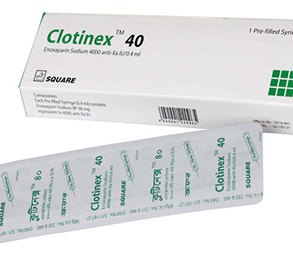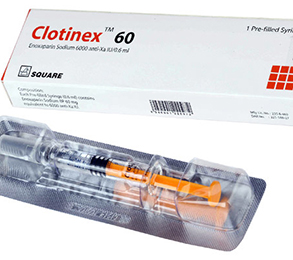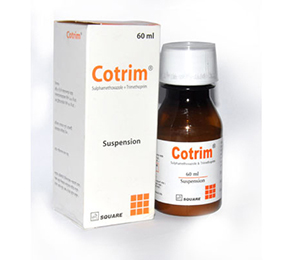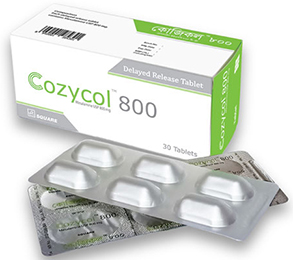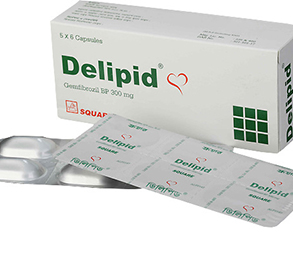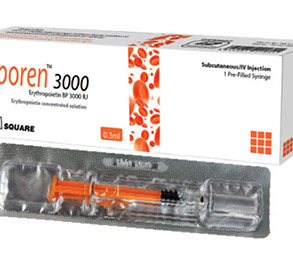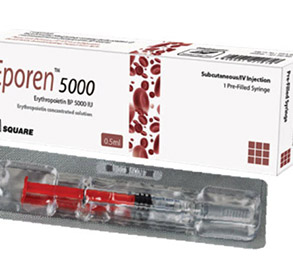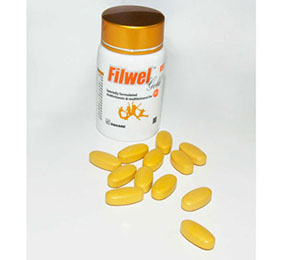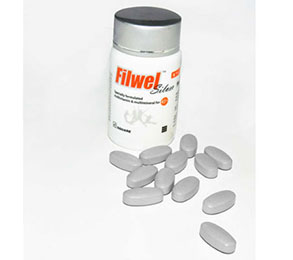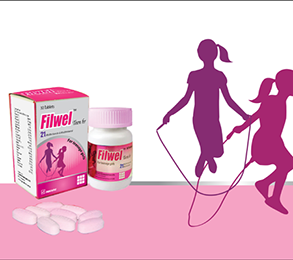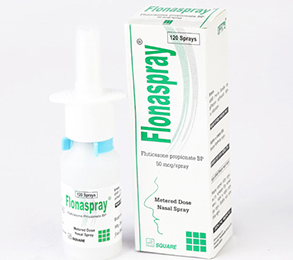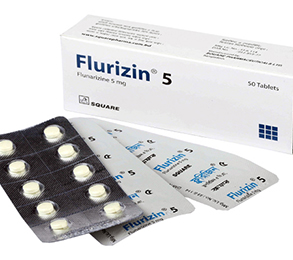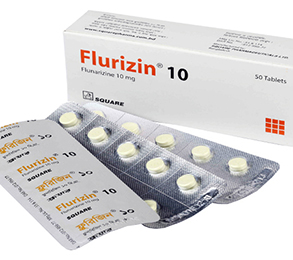Flexor 5 1 Pc
Alternative products
Cyclobenzaprine Hydrochloride
Indications
Cyclobenzaprine is indicated as an adjunct to rest and physical therapy for relief of muscle spasm associated with acute, painful musculoskeletal conditions. Improvement is manifested by relief of muscle spasm and its associated signs and symptoms, namely, pain, tenderness, limitation of motion, and restriction in activities of daily living.
Pharmacology
Cyclobenzaprine, a centrally-acting skeletal muscle relaxant, is structurally related to tricyclic antidepressants, thus they share similar properties. It acts on the brain stem, decreasing tonic-somatic motor activities influencing both the α and δ motor systems. It is used as an adjunct in the symptomatic treatment of painful muscle spasms associated with musculoskeletal conditions.
Dosage & Administration
Adult: 5 mg tid, may increase to 10 mg tid if needed. Treatment should not last more than 2-3 wk. Max: 60 mg.
Elderly: Initiate with 5 mg with less frequent dosing.
Pediatric: Safety and effectiveness of Cyclobenzaprine Hydrochloride in pediatric patients below 15 years of age have not been established.
* চিকিৎসকের পরামর্শ মোতাবেক ঔষধ সেবন করুন'
Interaction
Plasma concentration may be increased with the use of cimetidine, diltiazem, disulfiram, methylphenidate, ritonavir, and verapamil. Side-effects are increased by adrenaline, amiodarone, general anesthetics, SSRIs, antihistamines, antimuscarinics, antipsychotics, anxiolytics and hypnotics, clozapine, disopyramide, diuretics, flecainide, MAOIs, moclobemide, moxifloxacin, nefopam, nicorandil, noradrenaline, phenothiazine, pimozide, procainamide, propafenone, quinidine, selegiline, sibutramine, sotalol, terfenadine, thioridazine, and tramadol. Effects of adrenergic neurone blockers, clonidine, barbiturates, nitrates, and primidone are reduced while effects of baclofen, opioid analgesics, and thyroid hormones are enhanced with concomitant use of cyclobenzaprine. Carbamazepine and rifampicin may increase metabolism of cyclobenzaprine. Effects may be antagonized by oestrogens. Avoid use with brimonidine, entacapone, artemether with lumefantrine, or sibutramine. CNS effects may be enhanced by other CNS depressants.
Contraindications
Recent MI, arrhythmias, severe liver disease.
Side Effects
The adverse reactions reported most frequently with Cyclobenzaprine Hydrochloride are drowsiness, dry mouth and dizziness. The incidence of these common adverse reactions is lower in the surveillance program than in the controlled clinical studies.
Pregnancy & Lactation
Pregnancy category B. This drug should be used during pregnancy only if clearly needed. Caution should be exercised when Cyclobenzaprine Hydrochloride is administered to a nursing mother
Precautions & Warnings
Because of its atropine-like action, Cyclobenzaprine Hydrochloride should be used with caution in patients with a history of urinary retention, angle-closure glaucoma, increased intraocular pressure, and in patients taking anticholinergic medication.
Use in Special Populations
Dose in hepatic impairment: Cyclobenzaprine should be used with caution in subjects with mild hepatic impairment starting with the 5 mg dose and titrating slowly upward. The use of Cyclobenzaprine in subjects with moderate to severe impairment is not recommended.
Overdose Effects
Although rare, deaths may occur from over dosage with Cyclobenzaprine Hydrochloride. Signs and symptoms of toxicity may develop rapidly after Cyclobenzaprine overdose; therefore, hospital monitoring is required as soon as possible.
Therapeutic Class
Locally acting Skeletal Muscle Relaxants
- Type Tablet
- Tag
- Morbi leo risus
- Porta ac consectetur ac
- Vestibulum at eros






